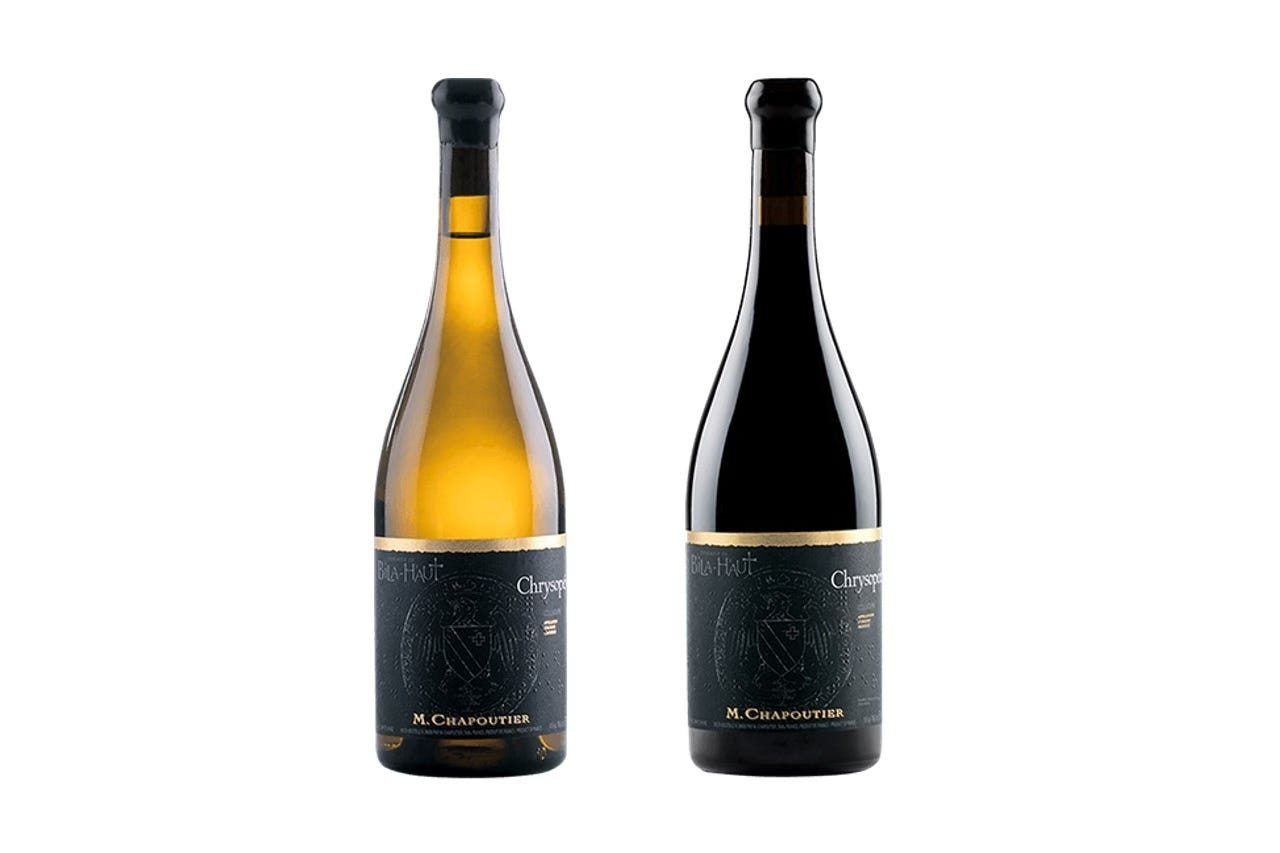Collioure-Banyuls Redefines Its Future: A New Hierarchy for Terroir and Tradition
The southern appellation charts a bold path with climate-driven vineyard mapping and a new quality structure for its sweet and dry wines.
In the sun-drenched hills of France’s far south, where the Pyrenees meet the Mediterranean, the vineyards of Collioure and Banyuls are undergoing a quiet but decisive transformation. A year after launching its revitalization plan, the appellation is taking concrete steps to secure its future—by combining scientific precision, climate data, and a renewed sense of hierarchy across both its sweet and dry wines.
The Collioure-Banyuls area may cover only a modest five-by-ten-kilometre stretch near the Spanish border, but its diversity is immense. Initial findings from the program’s first year of data collection already reveal striking contrasts in rainfall and temperature within this compact zone. These variations, once anecdotal, are now being measured and mapped in detail—helping identify the most resilient terroirs for future cultivation. Over the next two years, this growing dataset will form the foundation for long-term decisions about the appellation’s boundaries and viticultural potential.
Yet the relaunch plan is not only about climate resilience. It is also about restoring economic balance and creating a clear identity structure that reflects both quality and origin. The 2022 financial review of the Cru had revealed a worrying deficit, largely due to bulk wine sales, even as the limited production of Banyuls Grand Cru—just five percent of total volume—generated most of the appellation’s profit. The conclusion was unavoidable: a better-defined hierarchy was essential.
For the renowned vins doux naturels of Banyuls, the new structure will be modeled on the well-established system used for Port wines. Quality distinctions will be based on ageing and style, establishing a three-tiered pyramid: Banyuls Rimage, bottled young to capture fruit expression; Rimage mise tardive, benefiting from extended maturation; and, at the pinnacle, Banyuls Grand Cru. The same logic will apply to the emerging category of Banyuls blancs. This framework, expected to be formally presented to the INAO in 2026, aims to give clarity and value to producers and consumers alike.
The dry wines of Collioure, by contrast, will follow a different path—one rooted in the land itself. Here, the emphasis will be on terroir rather than time. A preliminary selection of about thirty lieux-dits will form the starting point for a long-term study into their specific soils, exposures, and microclimates. Through isolated vinifications and comparative tasting, the appellation hopes to establish a system of classified vineyards, potentially including crus and even premiers crus—a concept long familiar in Burgundy but rare in the south.
This dual approach, combining scientific observation with a renewed hierarchy of quality, represents a significant turning point for Collioure-Banyuls. It is an effort to reconcile tradition with modern economics, and to give this dramatic coastal landscape the recognition it deserves.


